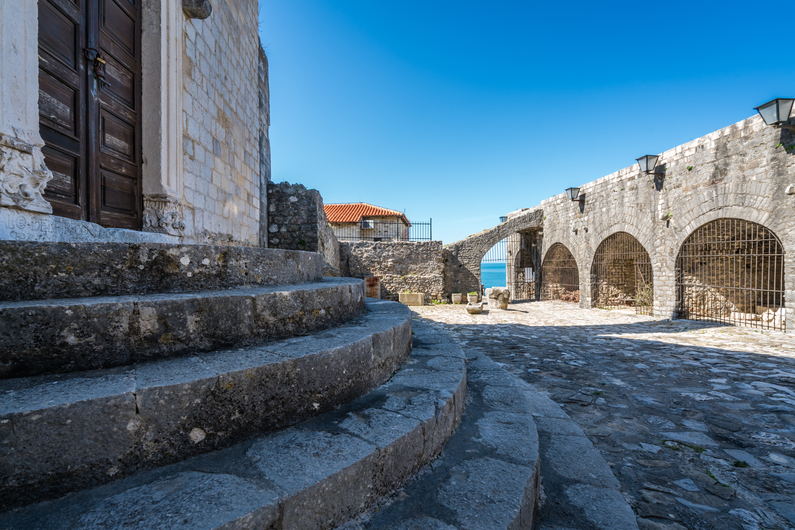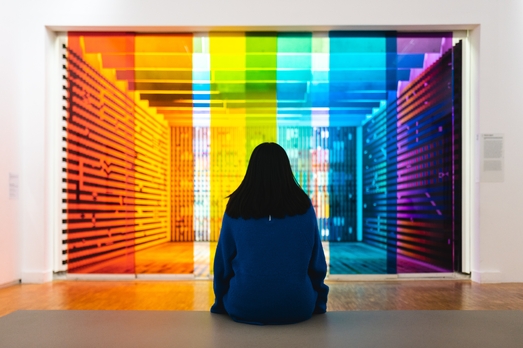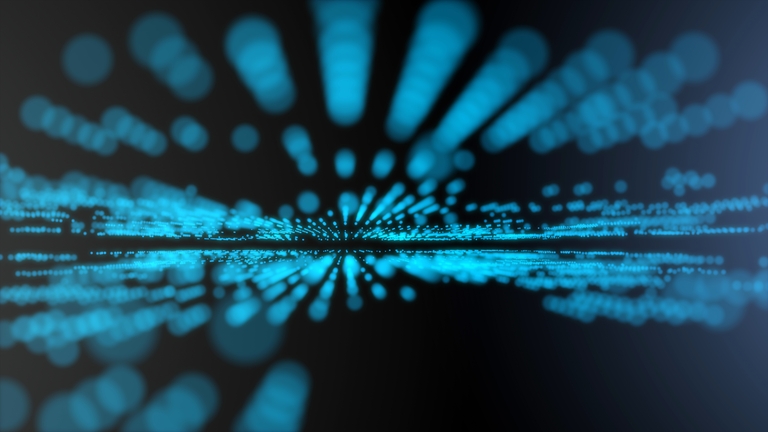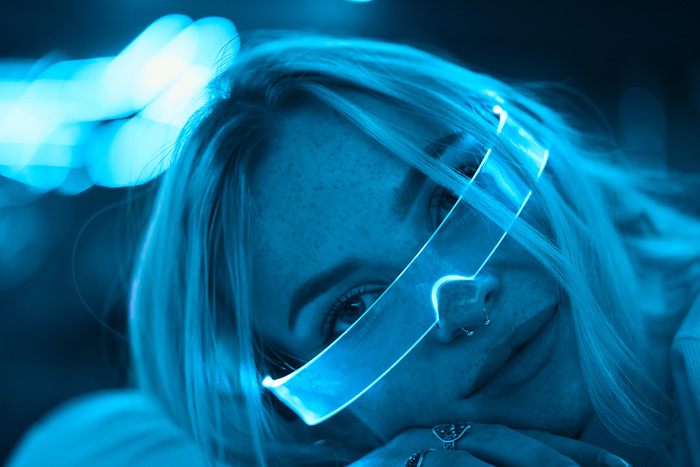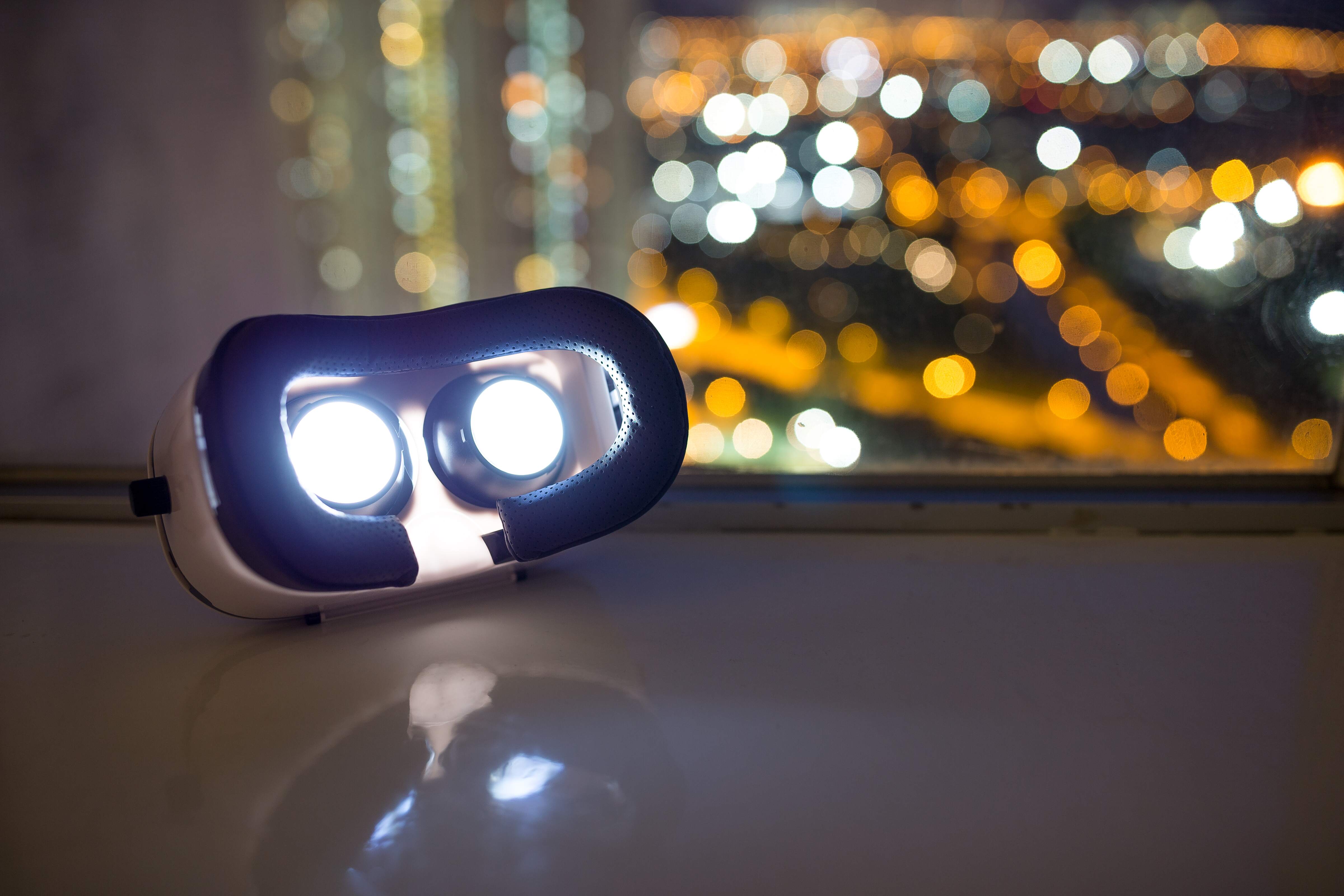DCBOX LMS
-
Supporting the Digital Transformation of Museums
The DCBox approach
The Digital Curator is an emerging professional profile: its relevance has been emphasised by the CoVid-19 pandemic and the consequent need to rely on digital, smart and connected museums.
Nevertheless, up to date there’s no single, unanimously agreed reference framework to empower learners with skills, competences and expertise a DC should provide, that is a synthesis of technical
knowhow and humanistic background.It is for this reason that 6 different partners (4 Universities, 1 research centre, 1 academic network, and 1 IT private enterprise) from 5 different EU Mediterranean countries
(Italy, Spain, Portugal, Serbia and Cyprus) have decided to join their forces and create the project.The course consists of four areas divided into eight modules that integrate to offer general training on the topic of Digital Cultural Heritage.
By following all modules in sequence, you will have a complete overview to interact with other professionals and experts in this interdisciplinary field.-
Read the file "How to learn with our Mooc" to discover how the platform was built and how to use it!
Skip available courses
Available courses
Skip site announcements






